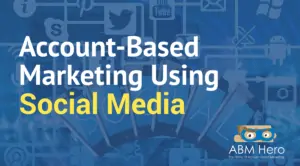When you’re looking to build an Account-Based Marketing framework (ABM) for your business, it helps to get back to basics and remind ourselves of precisely what ABM is.
In short, it’s a strategy of focused growth. ABM demands that the sales and marketing teams of your business work in complete alignment – always. When sales and marketing work in tandem, identifying high-value target accounts and using personalised content a better return on investment should be seen by your business with a greater customer loyalty rate to boot.
How will the ABM plan work?
ABM tends to require an early decision on going for effectiveness or efficiency.
If you’re aiming for effectiveness, your overall aim is to get your targeted accounts to the closed deal stage as much as possible, no matter what. Efficiency requires you to use your resources to get the best possible results – not just any result will do here.
Thinking about how your business makes money and ultimately gets paid for what it does, should help you decide what your aim here should be.
Decide who you will target
Next, identify who all your contacts are. Then break these down into groups of highly likely buyers and not so likely.
Review your past sales cycle success stories when account planning. Look for commonalities. This can give you an idea as to the right kind of customer for you.
Using your successful past customer list, identify matches from your highly likely buyers list.
For a more advanced approach include how engaged each of these accounts is or information related to a particular industry to further refine your target list.
Get Sales and Marketing aligned
Using the targeted list, team members from Sales and Marketing can now start working together to develop the ABM strategy. Your list should make clear who Marketing should be contacting, when and with what content before sending Sales in for the kill.
To really make the ABM program pop, both departments need to swap information weekly on what the uptake has been and to what degree. Then further refinements to the plan can be made as to what needs to happen next to bring the most promising current leads in.
Again, as you become more adept at ABM tactics, the marketing plan should become more of a joint effort by the marketer and sales representative. Refine it with details of who the contact(s) is at each account, the content required and how it will be shared with the right people as well as how the whole process will be supported throughout.
Attract contacts & keep them
Using your lead generation and target list, use your marketing efforts to contact targets via their social media accounts, maybe providing helpful podcast or videos. Once you have your target paying attention, hone in on helping them address their needs.
Always treat your contact well or there’s a good chance you’ll lose your target to a competitor.
Review & refine your strategy
To begin measuring your account-based marketing strategy and customer success rates, start recording how many accounts you are actually targeting. Then, add in additional reports such as responses and the type of engagement elicited, right through to the done deal.
For a more advanced approach, factor in other relevant matters such as time taken to get from targeted customer to closed deal. Could you have saved time/money anywhere and still got the same result?
So if you’re ready to move from a lead-centric to account centred marketing, whether it’s for demand generation marketing, b2b marketers or anything in between, ABM can always boost your customer experience ratings and give your business a greater return on investment – if you plan it right from the start.





